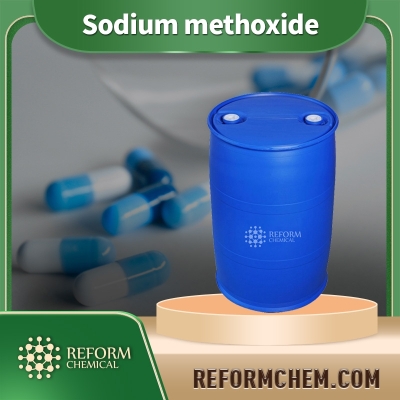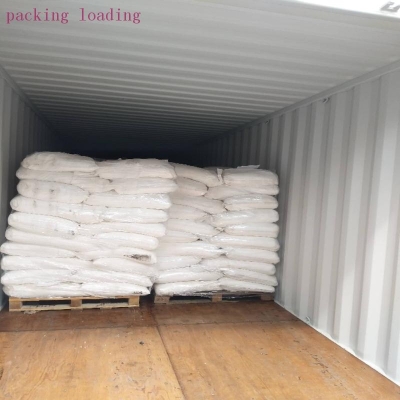-
Categories
-
Pharmaceutical Intermediates
-
Active Pharmaceutical Ingredients
-
Food Additives
- Industrial Coatings
- Agrochemicals
- Dyes and Pigments
- Surfactant
- Flavors and Fragrances
- Chemical Reagents
- Catalyst and Auxiliary
- Natural Products
- Inorganic Chemistry
-
Organic Chemistry
-
Biochemical Engineering
- Analytical Chemistry
-
Cosmetic Ingredient
- Water Treatment Chemical
-
Pharmaceutical Intermediates
Promotion
ECHEMI Mall
Wholesale
Weekly Price
Exhibition
News
-
Trade Service
News on August 4, US government data showed that US crude oil and gasoline inventories rose unexpectedly, erasing oil prices after OPEC+ announced a slight increase in September production target in the morning
.
Crude oil futures closed sharply lower, hitting a new low
in nearly six months.
September futures for West Texas Intermediate crude on the New York Mercantile Exchange fell $3.
76, or 4%, to settle at $90.
66 a barrel, down 4%, the lowest near-month settlement since
Feb.
10.
October Brent crude futures on the ICE Futures Exchange fell $3.
76, or 3.
7%, to settle at $96.
78 a barrel, down 3.
7 percent, its lowest closing level
since Feb.
21.
September gasoline futures fell 4.
7 percent to $2.
912 a gallon on the New York Mercantile Exchange, and September heating oil fell 1 percent to $
3.
415 a gallon.
Natural gas prices fell 7.
3% in September to close at $
8.
266 per million British heat.
The U.
S.
Energy Information Administration said U.
S.
crude oil supplies rose by 4.
5 million barrels and gasoline supplies by 200,000 barrels
in the week ended July 29.
Distillate inventories fell by 2.
4 million barrels
, the agency said.
Analysts surveyed by S&P Global Commodity Insights expect an average of 1.
7 million barrels of crude oil supply, 1.
5 million barrels of gasoline inventories and 500,000 barrels
of distillate inventories.
The American Petroleum Institute reported late Tuesday that crude inventories increased by 2.
2 million barrels and gasoline inventories fell by 204,000 barrels
, Dow Jones News Agency reported.
Matt Smith, chief oil analyst for the Americas at Kplr, said in an email: "Strong growth through seaborne imports and a decline in refining activity to its lowest level since early May (per crude input) led to a steady increase in crude inventories, offsetting OPEC's earlier optimistic statement to increase production
by only 100,000 barrels per day.
" At the same time, the volatility in implied gasoline demand showed a sharp drop in capacity last week, leading to a small rise in inventories, while distillate inventories fell
again, he said.
Earlier, OPEC and its allies, or OPEC+, agreed to raise production by 100,000 barrels per day in September, a move that analysts do not expect to have a major impact
on oil prices.
This follows US President Joe Biden's visit last month to Saudi Arabia
, the de facto leader of OPEC and swing oil producer.
OPEC pointed to concerns about tight spare capacity and uncertainty about the long-term supply outlook as factors in the decision
.
OPEC said in a statement after the meeting that participants "noted that the availability of excess capacity is very limited, so it must be used with great caution in responding to severe supply disruptions.
"
"In my opinion, market fundamentals are slipping and the end of the summer driving season will lead to a reduction
in crude oil volumes at refineries.
However, $100,000 is a slap
in the face to President Biden.
Robert Yawger, executive director of energy futures at Mizuho Securities, said
in a note.
"In addition, some analysts will question whether Saudi Arabia and other Gulf states really have spare capacity, as French President Emmanuel Macron publicly hinted at at the G7 meeting in June," Yawger wrote
.







